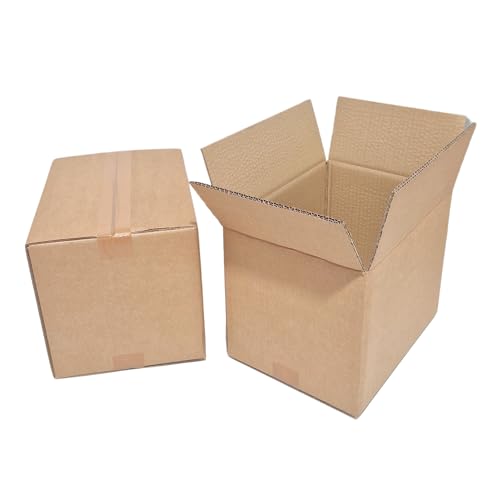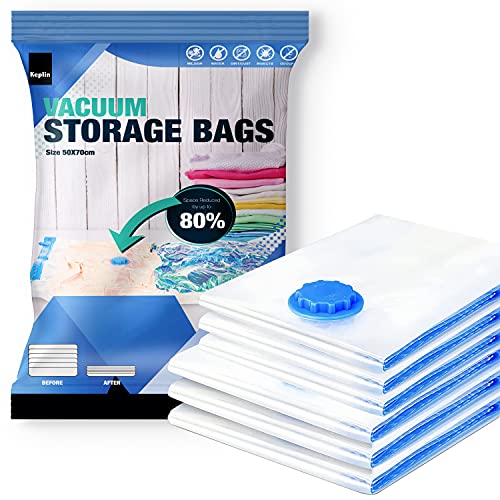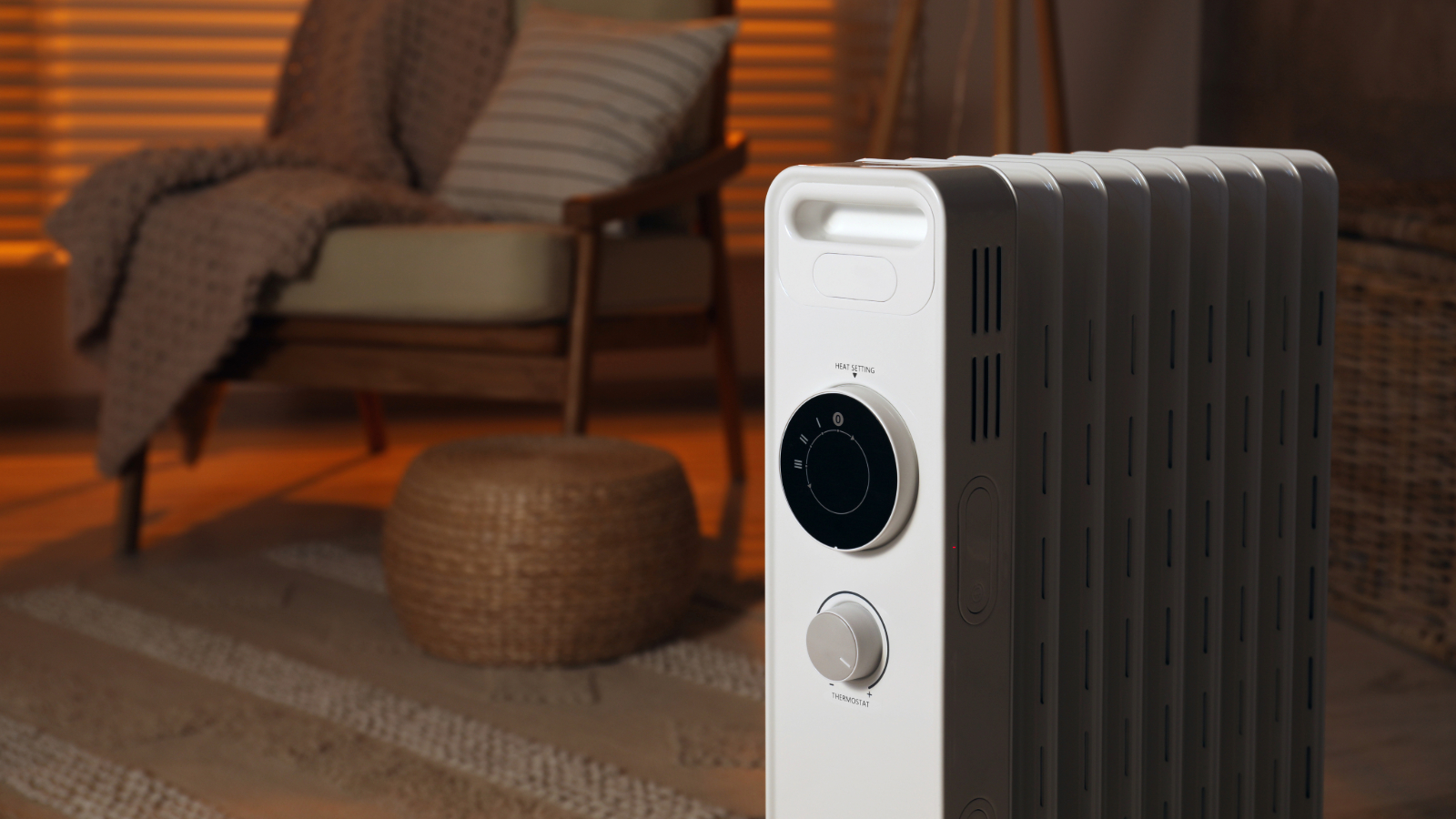Why I use the words of William Morris for decluttering my home
Knowing how to declutter your home isn't really about jumping on the latest trend, it's about following age-old advice and doing it regularly. How do I know? I've moved over 20 times, so if there's one thing I do just as well as packing boxes – it's decluttering
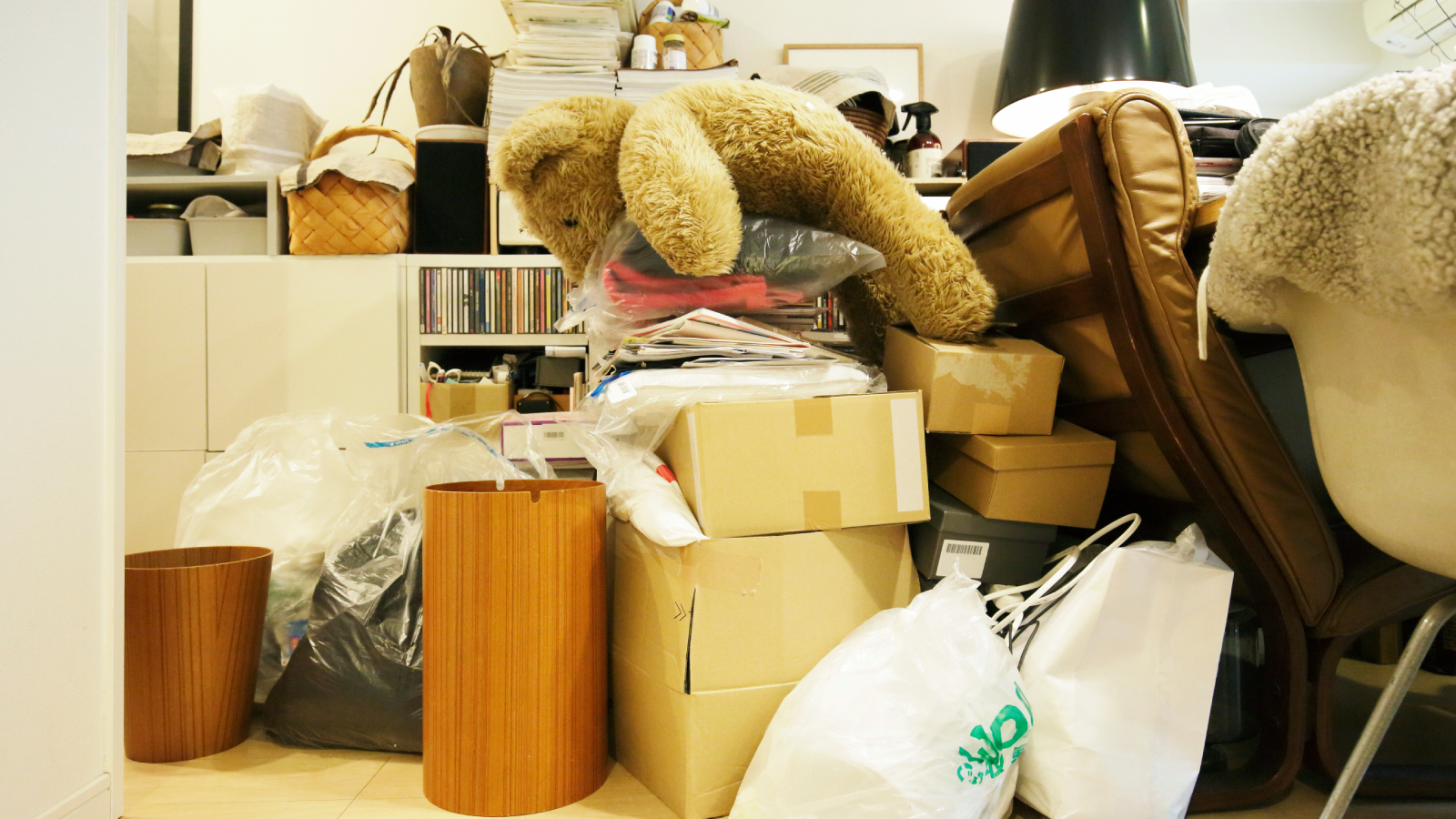
Knowing how to declutter your home has turned into big business. There are a vast array of decluttering experts, reels on social media dedicated to the practise, TV programmes about it and countless new decluttering trends – all claiming to be the next best solution for organising your excess belongings.
But, the reality is, most of them stem back to the basic principles of 'need' and 'love'. Or, as William Morris said in 1880, "Have nothing in your house that you do not know to be useful or believe to be beautiful."
Having moved over 20 times, and completed a number of extension and renovation projects, it's a phrase I've come back to time and time again when decluttering. So if you're about to do the same, here's my tried and tested approach, and why being ruthless is worth it in the long run.
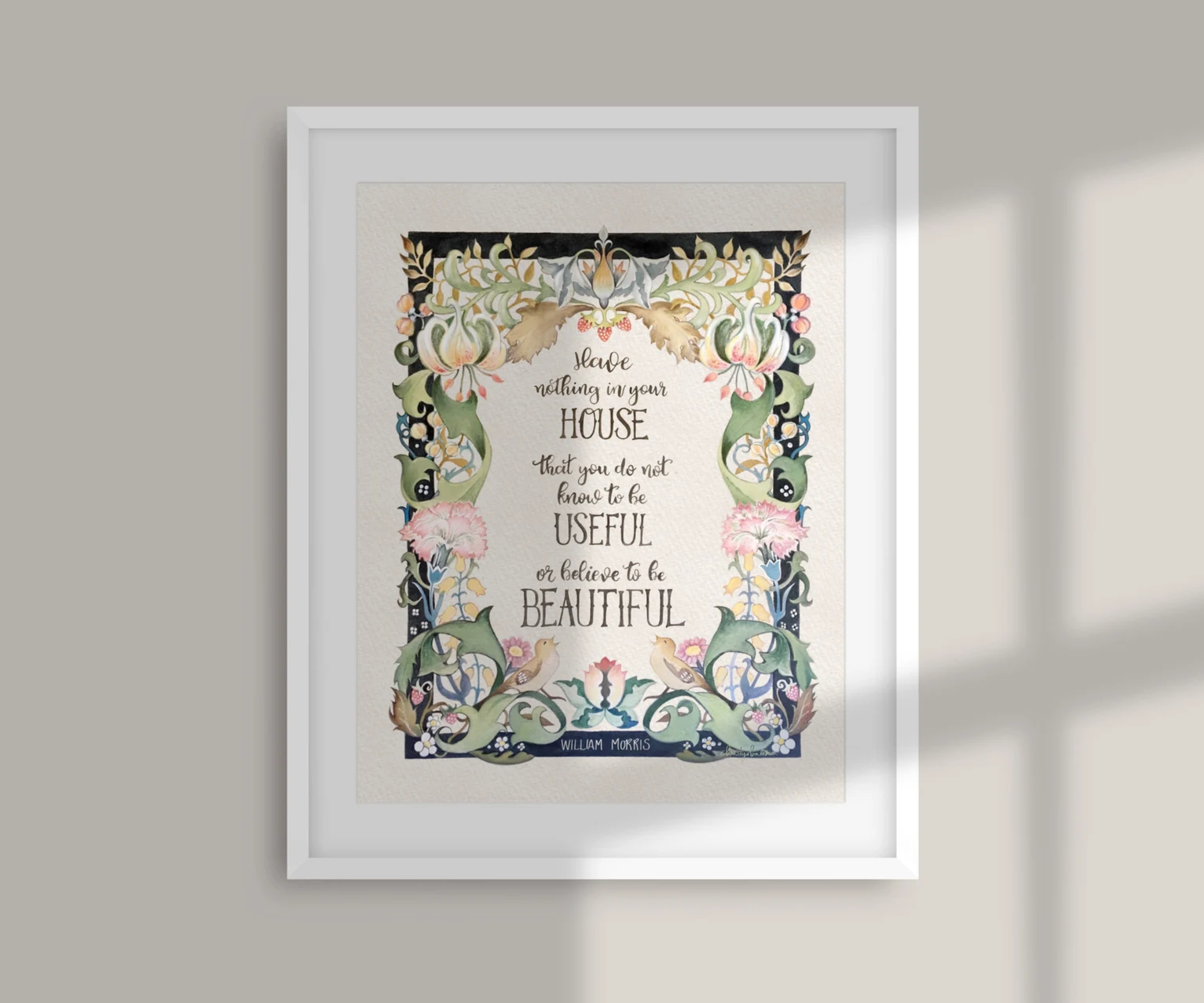
Why William Morris's words are perfect for decluttering
In basic terms, decluttering is the act of removing excess items from your home, and it's likely that when undertaking any home improvement plans or moving home, decluttering will be essential. After all, most of us planning on building an extension, renovating a house or moving are doing so in order to add space to our lives. Filling it immediately with old belongings is never going to be the right start.
However, if you think decluttering your home is just about moving unnecessary or unwanted items out of sight, this could be where you're going wrong.
If it is, you're not alone. According to research from cleaning brand, Dr Beckmann, Britain is a nation of stockpilers, with 40% of us hoarding old chargers, magazines, and even odd socks. We simply have too much stuff and can't seem to bear to get rid of it.
But, tidying up up vs decluttering are two totally different tasks. As William Morris said, it's about ensuring your home is only filled with items that are useful or beautiful. Hiding them out of sight means they are fulfilling neither of those objectives.
Bring your dream home to life with expert advice, how to guides and design inspiration. Sign up for our newsletter and get two free tickets to a Homebuilding & Renovating Show near you.
The good news is, get your decluttering right and tidying up should become easier and simpler over time.
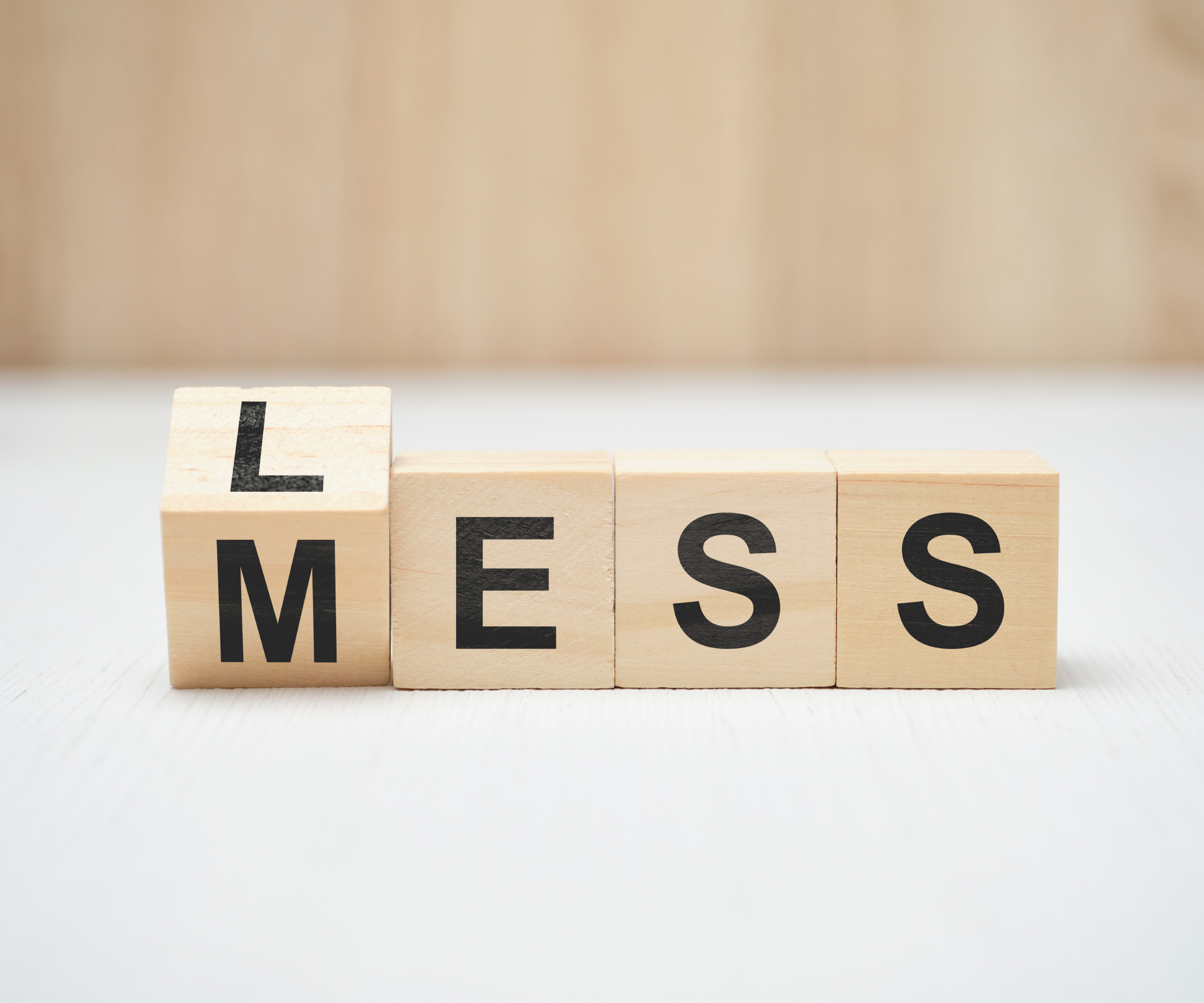
Decluttering methods: Why they all share the same concept of 'value'
When you dive into the raft of decluttering methods that exist, such as the 'KonMari method', 'Döstandig' (the Swedish art of death cleaning), 'reverse decluttering' and even the latest trend of 'lesting', there's one simple piece of advice that flows through them all, and that's assessing the 'value' of your belongings so you can more easily remove them.
However, with mass consumerism and bigger homes offering us more storage space, plus brands, influencers and outside sources bombarding us with a plethora of items we 'must have', defining that true value can be hard.
Plus, although monetary value and useful value play a part in this decision making process, it's also about the 'value add' of items and what they actually bring to your life – and this isn't as always as easy to establish.
And while I consider myself good at decluttering, I've been as guilty as the next person of falling under the spell of consumerism and emotional ties – the number of skips I've hired, and tip trips I've made over the years are proof of that. But, with each decluttering task, I've come back to the same philosophy time and time again and it works. I ask myself is it useful and do I believe it to be beautiful, and once I've established this, it becomes a process that's almost cathartic and leaves you at peace.
So, if a weekend declutter is on the cards ahead of your loft conversion, or you need to assess how many kitchen cabinets you genuinely need in your kitchen renovation plans, here's what I believe are the four key steps to take.
Step one: preparation is key
Whether you're decluttering one room or the whole house, there's no point starting the task unless you have the right tools to hand.
1. Bags and boxes: Make sure you have sufficient bags and/or boxes clearly marked with the intended destination for the contents. In general, these can be categorised into four or five different headings: Recycling, rubbish, donate or sell – and of course, if you need to box items to store while work takes place, keep will be your final heading.
2. Bring the right mindset: Perhaps the most important step in preparing for the task ahead is making sure you have the right positive mindset in place. Looking at old belongings can bring on a sense of nostalgia, or perhaps a sense of anxiety when realising how much money you've spent over the years. This is all completely natural, but it's important to look ahead and focus on the sense of lightness you'll have once you've completed the task. I also thoroughly recommend that you also bring a healthy dose of ruthlessness to the task. I guarantee that it works and I've never yet regretted discarding anything during a decluttering process.

Have these items to hand when decluttering your home
Step two: Allow enough time and space
Unless you're already well organised, if you're decluttering prior to the start of a home improvement project, the chances are you've got more than just a few cupboards to sort out.
If so, then there are two key elements that you need to ensure you have plenty of when you start to declutter: space and time.
Create space to work: Make sure you have plenty of space to lay out those items that don't head immediately for the rubbish or recycling piles. Being able to clearly see you have a number of identical items can make it far easier to decide which of them you really need, or which has the most sentimental value if it's a non essential or non utility item.
Don't underestimate how much time it will take: Allowing enough time to complete the task is also key to completing the job. If you don't, it can be easy to give up half way through and not go back to it. If you can't complete a room in one go, break it down into smaller stages – although when decluttering rooms such as kitchens, you may find it more successful to tackle it all in one go – particularly if you have similar items stored in more than one cabinet or drawer. If you can't, I suggest you write a list, or photograph the items you've kept so that you don't keep more of the same when you return to finish the task.
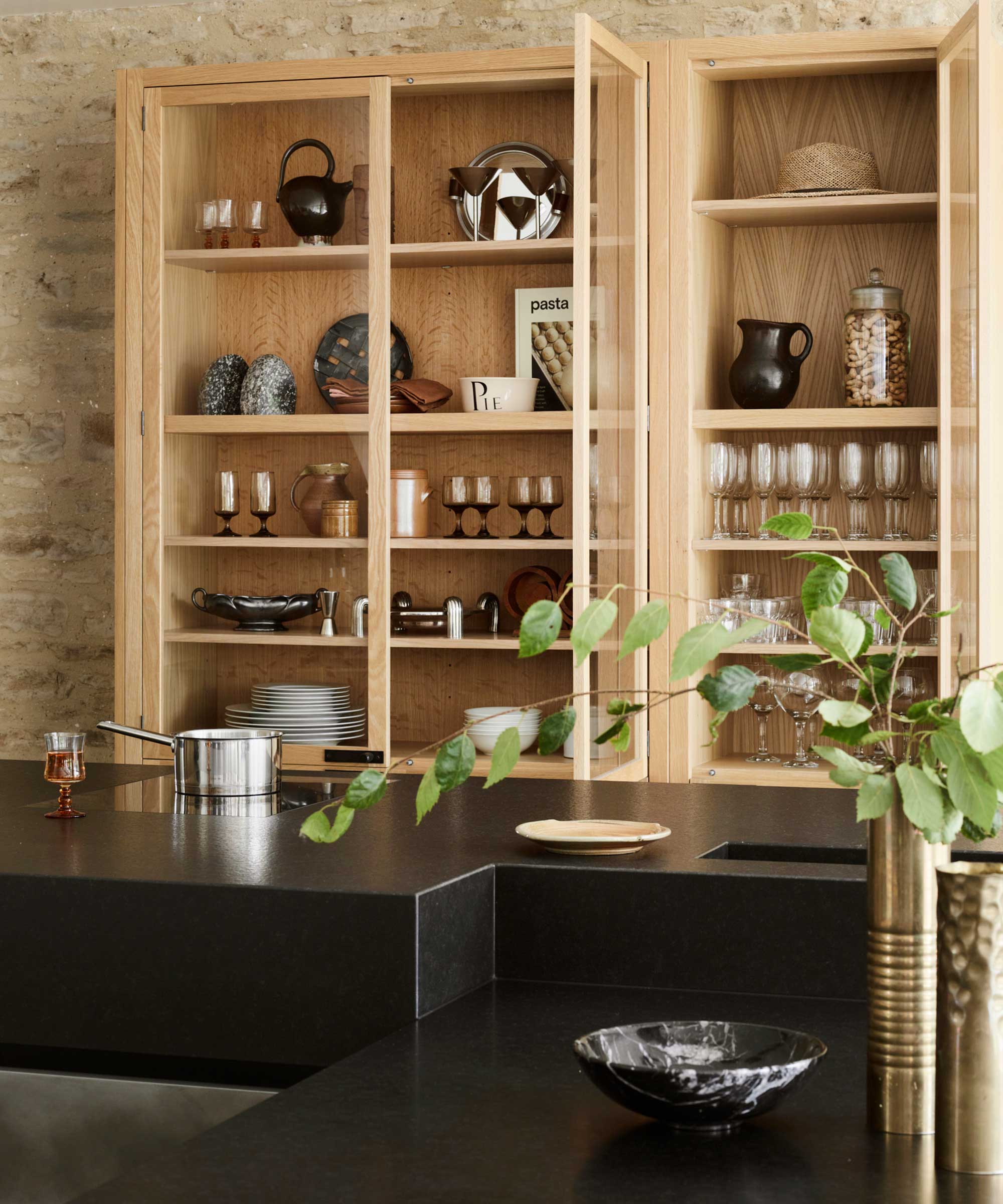
Step three: Deciding what is useful and what is beautiful
While useful can be an easier category to define, the truth is it can sometimes be easy to find a 'use' for everything when you struggle with decluttering. If this is you, most decluttering experts recommend you apply a few criteria to help.
1. Apply a timeframe
Not 'used' the item in the last year? Then you have the answer. It really isn't useful to your life right now and likely won't be again in the future. Yes, fashions rotate which could make you question keeping clothes, the fact is it's never quite the same as it was the first time round – and neither are you.
It's simply not a useful item if it's sat in a cupboard never being worn. I'm not condoning waste and truly believe in avoiding fast fashion, but, holding onto items that you could sell or donate to charity doesn't make you a more conscious consumer if you never wear them and still keep buying new clothes.
“When deciding what to keep and what to discard, it’s important to ask yourself questions like, “Have I used this in the last year?” or “Does this item serve a purpose?”, suggests Lena Gierasinska, head of product and displays at Barker and Stonehouse.
These questions help you assess the true value of the item and determine whether it’s needed in your home.
2. Be realistic about how many is 'too many'
Quantity can also be another good gauge to use in this part of the process. While it can be useful to have some duplicates of items – particularly in spaces like kitchens and garages, having too many suddenly makes it not useful when they're taking up valuable kitchen storage space.
Set your own criteria for how many of each item you really need and stick to it. Shelves filled with various sets of crockery for example, most of which don't intentionally mismatch, may seem 'handy' to have, but when you've only got a table that seats six and rarely host parties for more than 12, you don't need more than than amount, with a couple of spares at the most.
“Focus on longstanding items of furniture in your home and the associated items, such as a dining table," suggests Lena. "Over the years, you may have accumulated a surplus of items used at the dining table, like dishes, placemats, ornaments, and tablecloths.
"Gather all these items together and aim to reduce your homewares to one or two timeless colour schemes or patterns. Remove anything that doesn’t pair well with other items, is damaged, or simply isn’t used.”
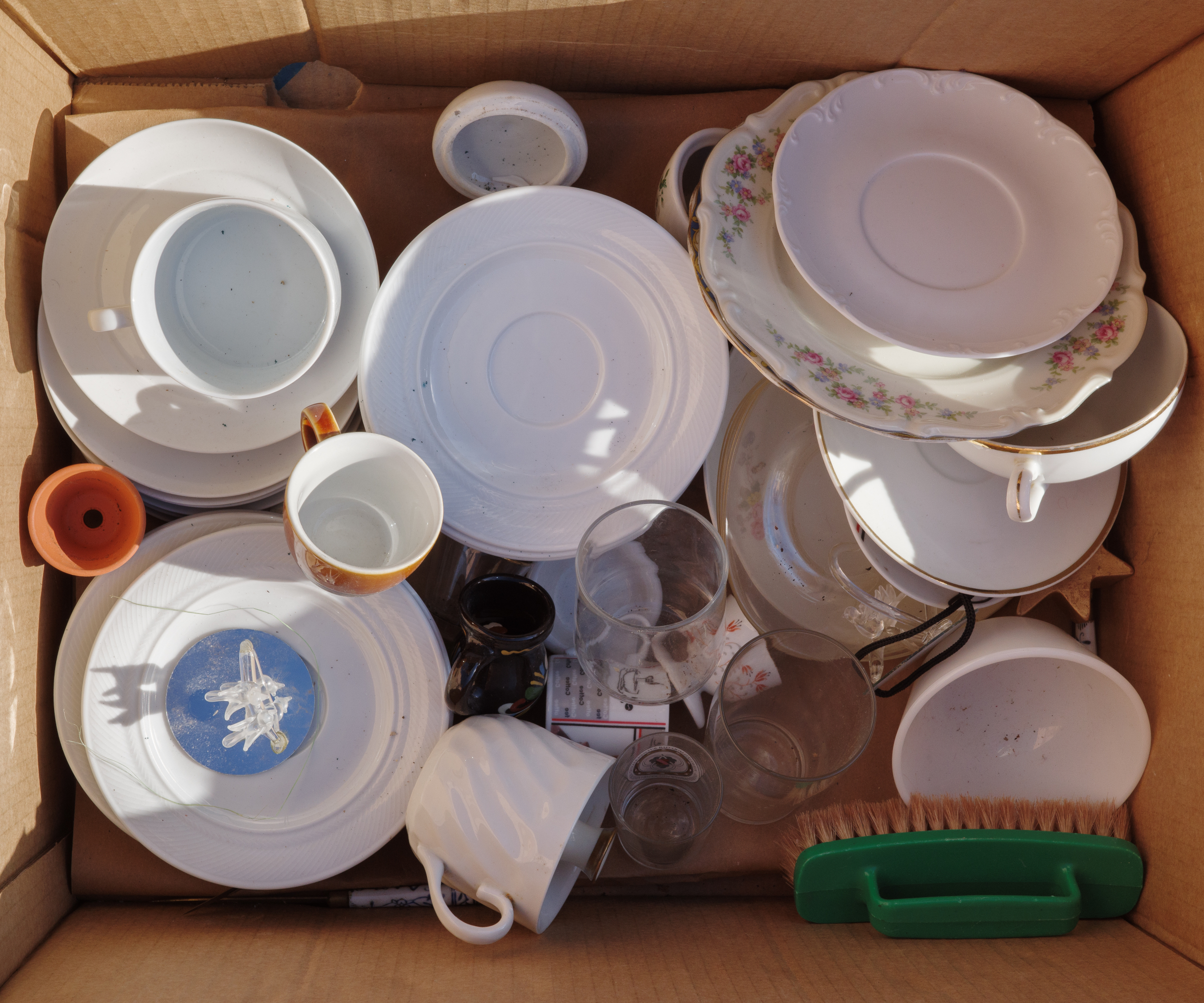
Defining beautiful: Harder, but absolutely necessary
When it comes to deciding what is beautiful, or what you love, this can be a trickier part of the decluttering process.
“It’s often hard to declutter because possessions are tied to memories, perceived value, or a sense of security," says Lena. "Fear of regret or guilt over waste can also create resistance. But, decluttering isn’t just about creating physical space, it’s about clearing the way for a more intentional and fulfilling home environment.
I've found in this instance that it helps to decide based on two criteria – aesthetics and sentiment.
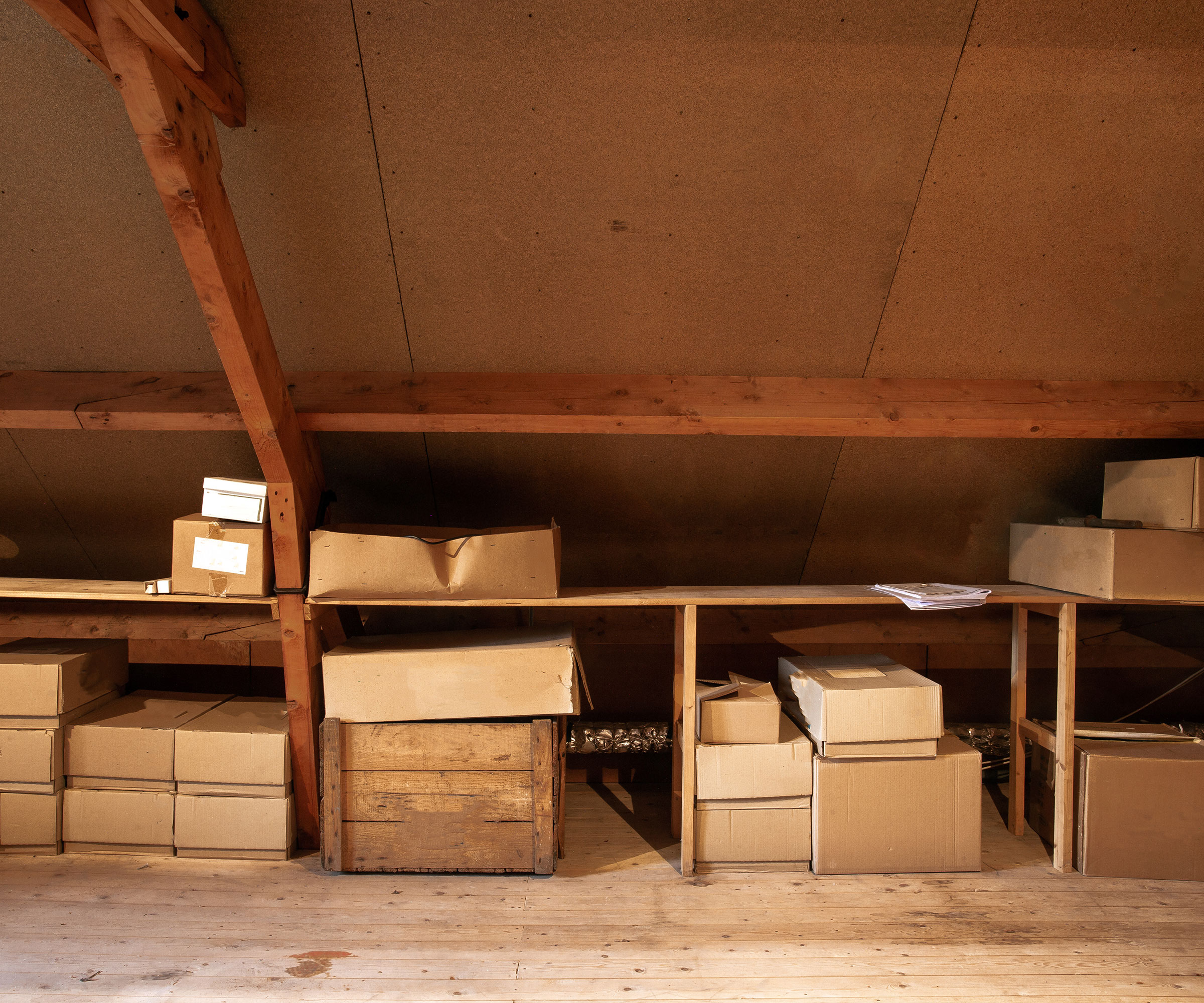
Tackle the aesthetic element first when decluttering the items in your home that are non-essential. Decorative items, clothes, artwork, fixtures and fittings are all things we collate over time. But as we change as individuals, or we move into a different style of home, so do our tastes change. And again, while fast interiors are as bad as fast fashion, clinging onto items that you no longer truly believe to be beautiful means it's time for them to find a new home.
Does that artwork for example really work with your new decor? If it doesn't quite work in the new room and can't be repurposed in another, it's time for the sell or donate pile so that you can fully enjoy your new space.
Another tip is to again group together all the items you have that have the same purpose, such as candle holders or candlesticks. This time however you're deciding how many of them you're clinging onto simply because you thought they were beautiful at one point, not necessarily because they are useful.
Sentimental value and understanding it's an emotion – not a physical item
Of course, decluttering the sentimental pile is when you really need to dig deep and find the ruthless streak inside you I mentioned earlier.
So why is it so hard to get rid of certain items? I believe it's because we attach emotional memories (intangible thoughts) to tangible items, thus creating what we believe is a physical memory – when in fact, the memory doesn't disappear when you no longer have the item in your possession. The memory will last for as long as your mind can recall it.
'But what about the items I'm keeping for someone else such as my children' I hear you ask? The reality is that everyone's memories are different, and while that item may trigger your memory, it may not evoke any emotion in them, so they won't keep it anyway.
I did warn you that ruthlessness was part of the process and it really will help if you can call upon this when it comes to the more sentimental items in your home.

Top tip: If you truly love something but don't have the space to keep it, or, feel it's important to preserve the memory for someone else, we live in a digital age so use it to your advantage.
Take a photo of the item, upload it online into an online photo storage facility and write down the memory in the caption. Share the link or even create a photo album online and get it printed. Flicking through the pages will evoke far more emotions than leaving the item tucked away in a box in your attic, and a few photo albums will take up far less space than boxes of toys, school reports and clothes.
Yes, there will always be items that should be kept. Those that have historical value for example, or those that you want to pass down through generations. Decluttering isn't about removing everything you own, it's about being realistic, rational and understanding that memories are forever, not just for the length of time you own something.

Lena is Head of Product & Displays at Barker and Stonehouse and understands the value of a well curated and organised interior. She has worked at the business for over 8 years and has more than 13 years’ industry experience working with brands in the interiors and retail sector.
Step four: Have a plan once you've decluttered
While decluttering is the main part of the process, making sure you deal with the piles you've collated as a result is just as important. if you're boxing up items ready to unpack once the work is complete, pack, label and have somewhere safe to store them.
Donating a pile of goods to friends, family or the charity shops? Don't put this off and pop the bags or boxes in the garage until you have time. You'll simply end up displacing rather than decluttering. When working out your time schedule, make sure removal is part of this. Some charities will also collect items or send postage bags for you to package items and send by post.
It's the same for items you have to sell. Photograph them and dedicate the time to posting them onto sites such as Facebook marketplace, Vinted and ebay. The sooner it sells, the more space you'll have and the lighter you'll feel as a result.
Worried you might find yourself in the same situation of being overloaded with items in a year's time? I like the 'one in, one out' rule that Dilly Carter, founder of Declutter Dollies uses.
"To prevent clutter from building up again, make a habit of removing one item for every new item you bring into the home," she advises. "This ensures you maintain balance and avoid over-accumulation. Avoid keeping items ‘just in case’. Be honest about whether you’ll use something in the future."
Of course, the reality is, decluttering isn't just a once in a lifetime job. It's something you'll need to do on a regular basis. Tackling it seasonally can help for items such as clothes and soft furnishings. Only last night I went through my winter jumpers, packing some away for next year, some into a bag for charity and others into the recycling pile.
Storing your items well is also a good way to avoid overloading your home with unnecessary items. If you can see what you have, you're less likely to keep adding more. So if you're decluttered and ready to re-stock, make sure you check out these small bedroom storage ideas and utility room storage ideas to help inspire your newly organised home on every levels.

Sarah is Homebuilding & Renovating’s Assistant Editor and joined the team in 2024. An established homes and interiors writer, Sarah has renovated and extended a number of properties, including a listing building and renovation project that featured on Grand Designs. Although she said she would never buy a listed property again, she has recently purchased a Grade II listed apartment. As it had already been professionally renovated, she has instead set her sights on tackling some changes to improve the building’s energy efficiency, as well as adding some personal touches to the interior.
